About the Lofoten Islands
Norway has one of the longest coastlines in the world, with
thousands of islands scattered along the western coast, starting north of
mainland Europe and stretching north into the Arctic Circle. The Lofoten
Islands is made up of 7 main islands separated by narrow channels and fjords. When
looking at a Lofoten Islands map, you’ll see the islands are connected by a
road that crosses the water via bridges, giving road access to the furthest
islands.
This gorgeous collection of islands is unique due to its
high peaks which tumble straight down into the water in places, its abundance
of waterways and the associated wildlife, flora and fauna which flank the
shores and its mild seasonal climate. The warm flowing Gulf Stream is
responsible for keeping the temperatures fairly mild, despite the islands being
within the Arctic Circle. The seasonality of the islands makes them perfect for
trekking and kayaking in the warm summer months and skiing in the winter.
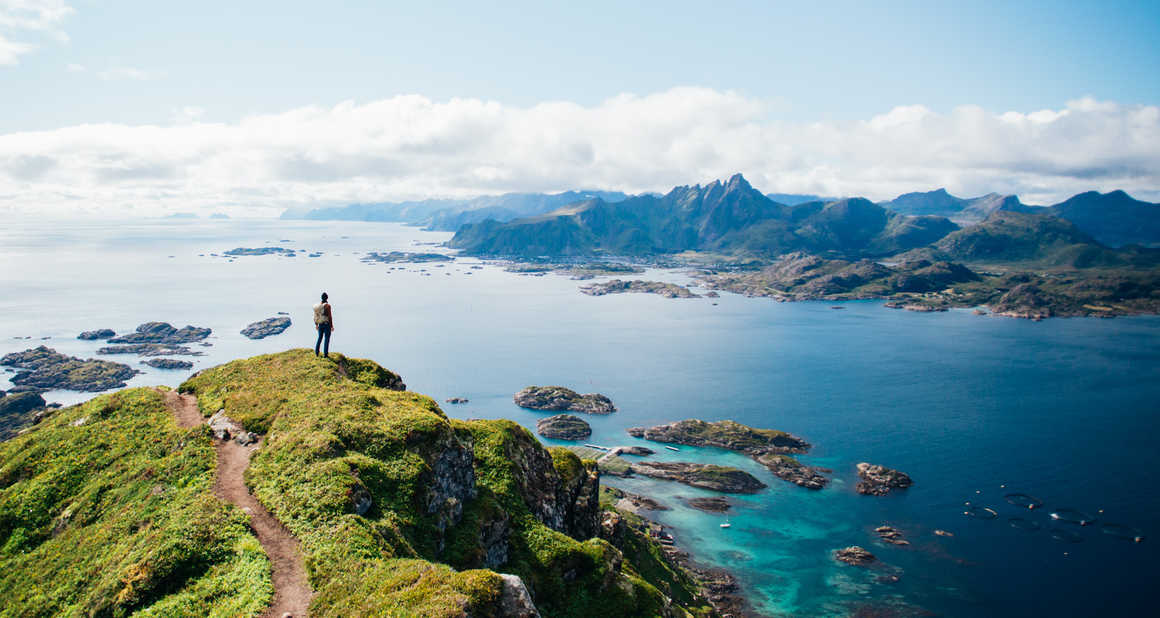
Kayaking in the Lofoten
The unique landscape of this fascinating archipelago, as
well as its mild climate, makes it the ideal location for getting around by
boat. The bonus of exploring the Lofoten in a kayak is that you access rugged
and remote places you might not be able to find on foot. You’ll paddle past
hidden fishing villages and white sandy beaches, spot aquatic creatures through
the crystal-clear waters and fish for your supper.
You needn’t have any kayaking experience either for paddling
around the Lofoten. So long as you have a reasonable level of fitness you can
join a kayaking tour of Lofoten and experience this magical place as the locals
do, on the water. The water in the fjords is typically shallow which makes it
good for beginners trying kayaking for the first time. Experienced kayakers with Norwegian
Wet Cards will be able to take their kit or hire equipment there and paddle
the islands at leisure. To get the most out of your kayaking trip we would
always recommend hiring a local guide though as they will have local knowledge,
be able to take you to hidden coves and secret island sights that may otherwise
remain undiscovered. They’ll also be able to recommend where to fish and where
to avoid, what to take and where to restock. This type of local expertise is
essential for making the most of your kayaking trip around the Lofoten Islands.
Hotels are hard to come by along the more remote waterways
and wild camping is a great way of immersing yourself in Lofoten island life.
Sea kayaks are capable of ferrying plenty of equipment and it’s entirely
feasible to carry tents, kit, food and supplies in your kayak to pitch up and
pack up as required.
One of the major perks of kayaking in the Lofoten Islands is
the wildlife spotting opportunities. Find yourself paddling alongside otters
and seals, even dolphins and whales if you’re lucky, whilst thousands of
seabirds such as sea eagles and cormorants, fly above you. It’s not uncommon to
see moose, ox, shy arctic foxes and elk on the mainland which may be spotted
from your sea kayak or whilst you camp or trek in between paddling. Norway is
home to some of the largest sea bird colonies in the world so expect the
cacophony of birdsong as a common backing track to your kayaking experience.
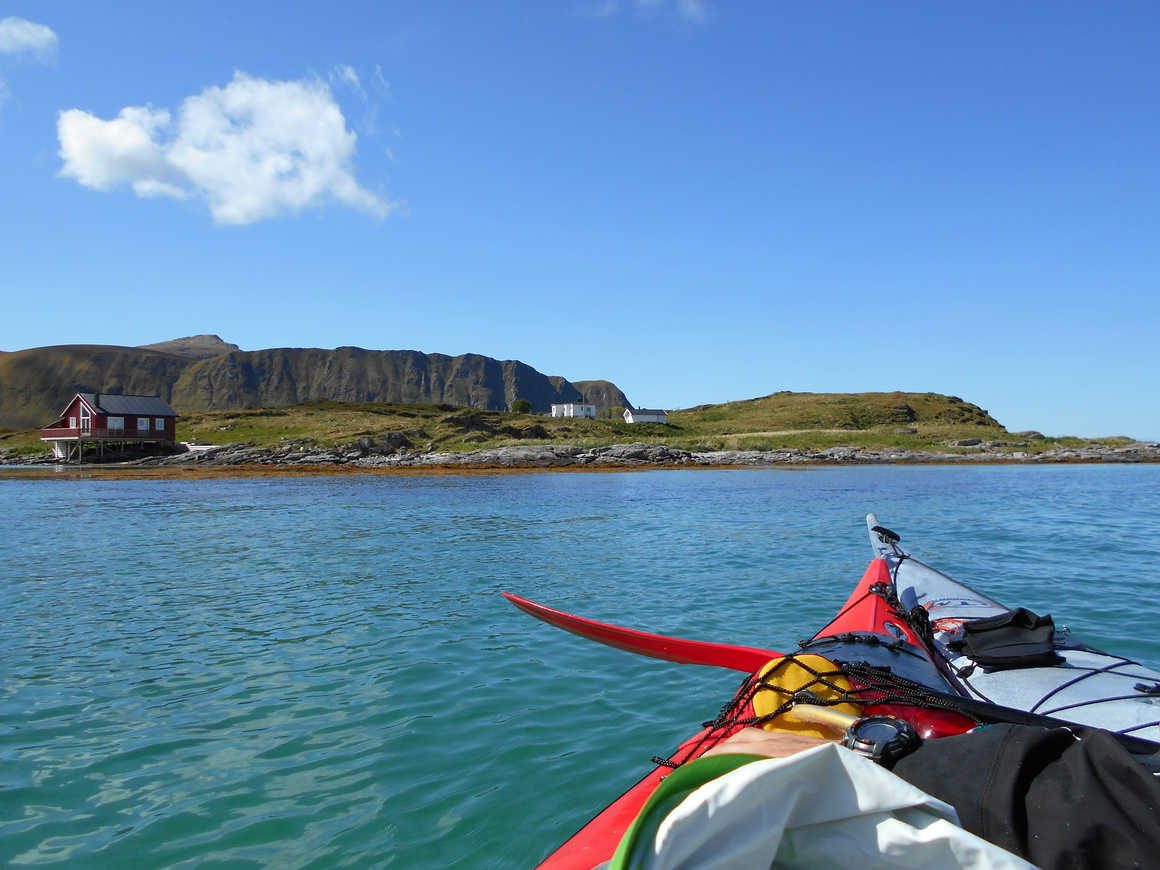
Fjords of the Lofoten
Many of the fjords are inlets of the Vestfjorden however
there are a few notable fjords worth exploring when on your kayaking adventure.
Trollfjorden is a dramatic Lofoten fjord that can be found
on the island of Vesterålen, just north of Svolvær. This fjord is only 3
kilometers long, but it is one of the most remote fjords in the archipelago and
can really only be reached by boat, unless you fancy a long, steep trek over
flanking peaks. The fjord is lined with soaring mountains, the highest of which
is 1,100m high and the scenery here is simply breathtaking and unlike anywhere
else. Take a kayaking trip through this short mighty fjord for a super cool
introduction to kayaking in Norway. You can join a trip from Svolvær or
experience Trollfjorden as part of a longer trip.
Selfjorden is on the remote island of Moskenesøya and has
the most beautiful turquoise waters, white sandy beaches and hidden rock
inlets. This sheltered fjord is quiet and peaceful and a great play to get your
sea-kayak legs before heading out into bigger, badder water.
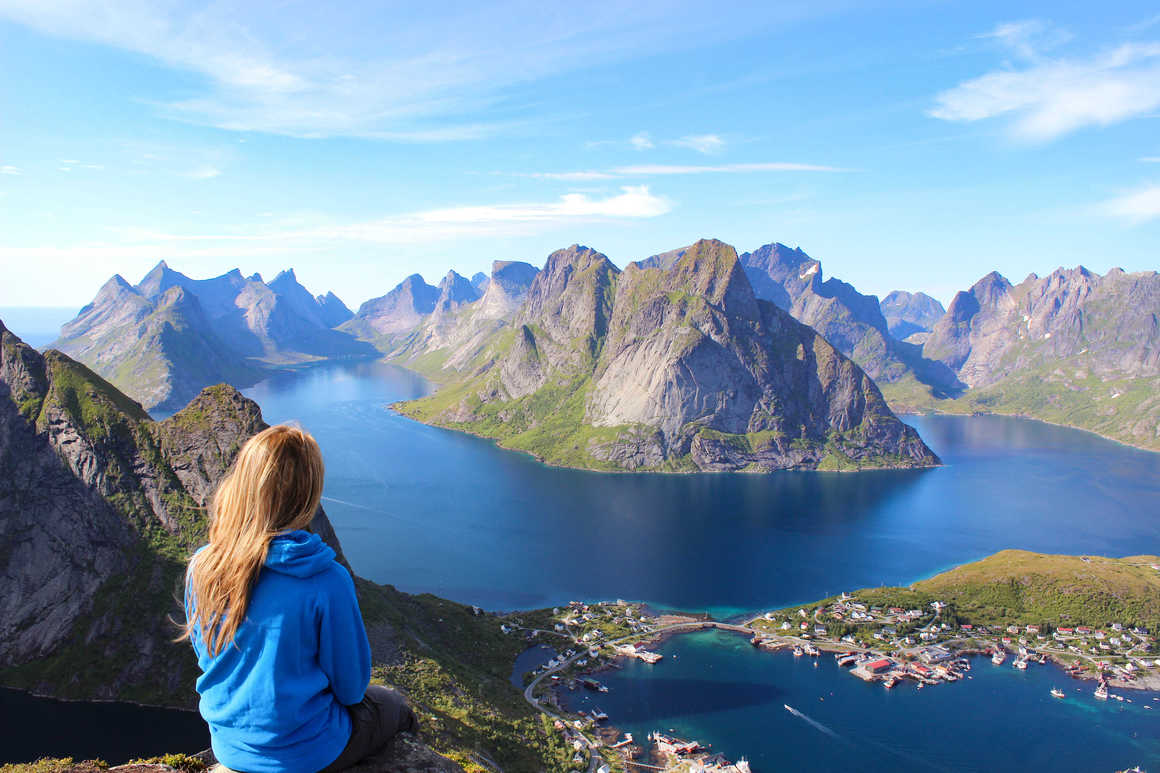
How to get to Lofoten Islands
An added bonus is that Norway is on track to make all its public
transport electric by the end of 2023. This includes passenger ferries across
the Norwegian Fjords. There has been a serious investment in replacing
all old diesel ferries with electric ferries to reduce carbon emissions and
to improve the water quality of the UNESCO World Heritage Site Norwegian Fjords
as part of their government target by 2026.
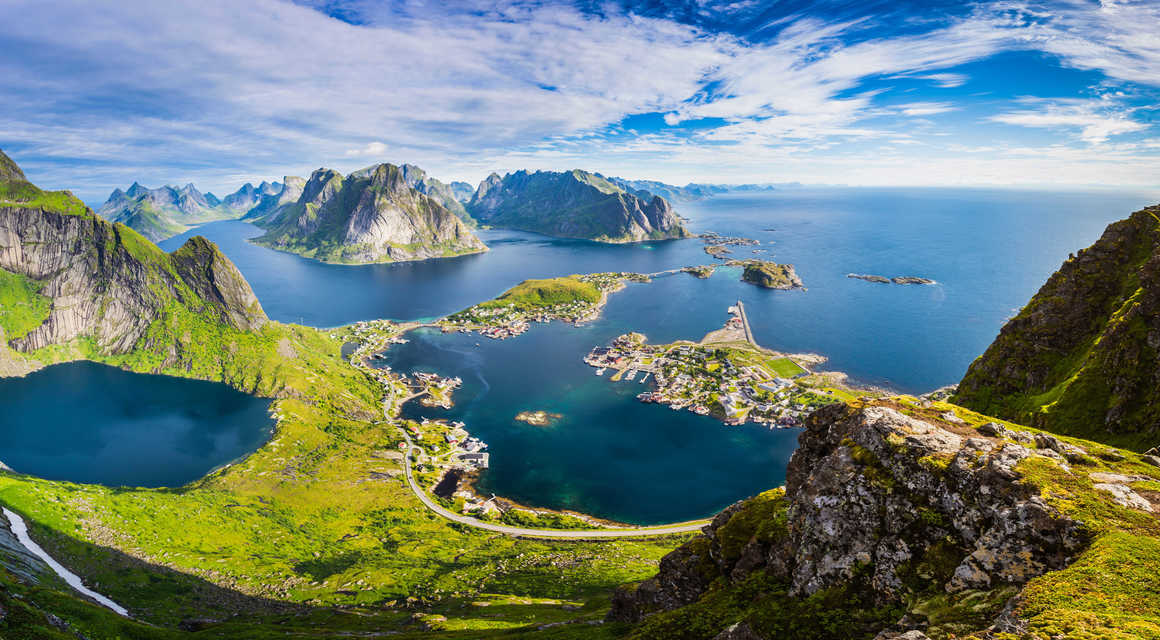
Best time to visit Lofoten Islands
It is possible to kayak the Lofoten at other times of year
but more technical clothing and kit will be required for colder months to keep
you warm on the water. You may also find you need winter camping gear to be
able to camp during winter. For intrepid explorers who don’t mind kayaking in
the cold, the Atlantic Cod, or Skrei, migrate to the Lofoten to mate which can
be fascinating to watch from February to March. The Skrei are known as ‘the
fish that built Norway’ as fishing in the Lofoten, and for much of the
coastal population in Norway, is the main way of life for many.
From later summer to early spring, September to March ish,
you’ll be able to see the breathtaking Northern Lights during clear weather.
Outside of this time it may still be possible to see the Northern Lights but it
will depend on the weather.
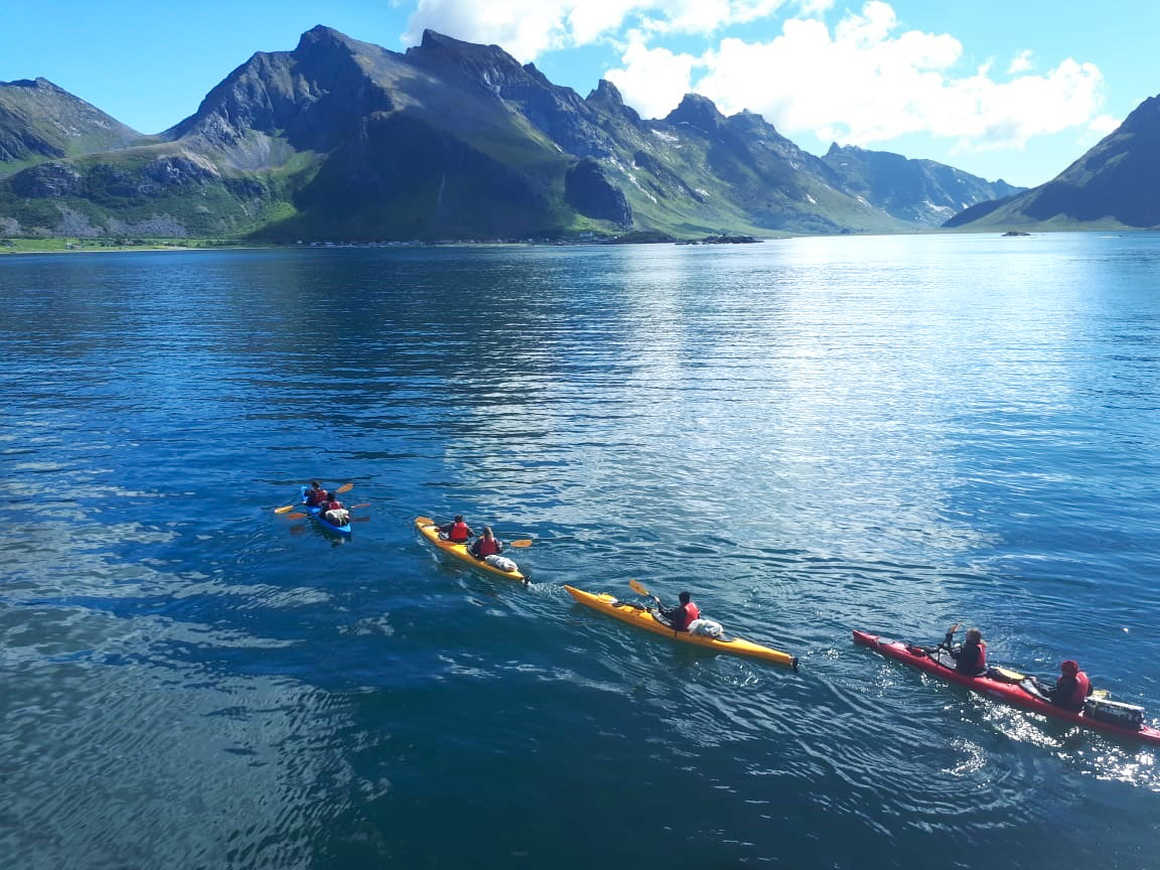
What to wear when kayaking in the Lofoten Islands
It will be much colder at night so packing warm clothing and
socks is recommended. You’ll likely get warm when paddling so moisture wicking
fabrics are a good idea and waterproof outer layers should help keep you cool
and dry.
See our blog for more information on what
to wear when kayaking in Norway.
Highlights of Kayaking in Lofoten
·
Discovering remote islands, bays and inlets
·
Kayaking through crystal clear waters
·
Wild camping under the midnight sun
·
Sea fishing for supper
·
Stunning scenery from both the water and land
·
Incredible wildlife-spotting opportunities
·
Meet like-minded fellow travellers
·
Great for solo travellers










